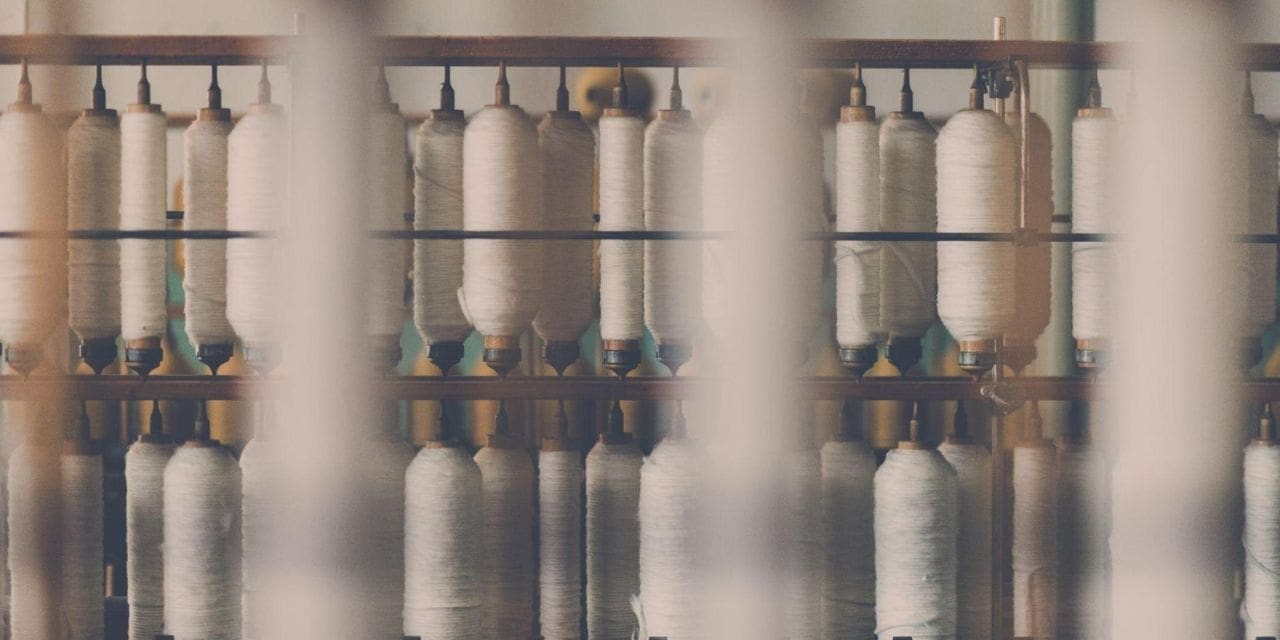Ensuring a safe and productive workspace should be a top priority for every industry. But, it’s especially important when it comes to manufacturing. If you own or manage a textile manufacturing company, chances are you already have certain safety protocols and procedures in mind.
But, are they solid enough to truly keep your employees safe and healthy? Is it time to take a closer look at some protocols that could be outdated? When was the last time you closely examined the policies designed to protect your workers?
Thankfully, as a textile manufacturing leader, there are plenty of things you can do to revamp those safety protocols in 2023. As we enter a post-pandemic society, people are more aware of their health and well-being, and they want those things to be valued and taken care of in the workplace. Let’s take a closer look at what you can do to provide a safe workplace this year and beyond.
Know the Common Risks
One of the best ways to know which safety protocols to examine is to establish a better understanding of the common health risks and potential dangers in the textile industry. Some of the greatest threats to employee well-being include:
- Exposure to cotton dust
- Chemical exposure
- Loud, damaging noises
- Ergonomic issues
Chemical exposure, as well as exposure to cotton dust, can lead to respiratory diseases, including something called “brown lung.” Some of the most common symptoms of this condition include coughing, wheezing, and shortness of breath. Workers can deal with the effects of these issues for years, even after they leave the industry.
While loud noises in a manufacturing plant might not seem like a big deal, noise can cause a lot of damage to the human body. Not only does it often lead to hearing issues, but it can also cause hypertension, sleep disturbances, and even ischemic heart disease. Beyond that, excess noise can be incredibly stressful and distracting and can lead to more workplace accidents.
When it comes to ergonomic issues in the workplace, consider how your employees are positioned all day. If they’re working in a factory setting, they may be seated in non-ergonomic chairs or on stools. Or, they might be standing incorrectly, or they have to bend over a certain way to do their tasks. Any of these issues can lead to posture problems, muscle and joint pain, and long-term spinal issues.
Keep Your Employees Safer
Once you know some of the major issues impacting textile manufacturing companies, it’s time to take charge to fight back against them. So, what can you do to keep your employees healthy and safe? Start by making sure everyone is educated on your business’ safety protocols. Hold frequent training to serve as reminders of the best safety practices, and post signage around the manufacturing plant so the most important safety precautions are never forgotten.
It’s also important to equip your employees with the right safety equipment. That starts with safety glasses or other protective eyewear. When working with machinery, debris could easily fly out, or a machine could malfunction and a stray part could end up shooting out toward a worker’s face. Eye damage is serious and scary, and simple safety glasses can go a long way in protecting the vision health of your team.
Other safety gear that should be provided to your workers include earplugs, gloves, hard hats (if necessary), and protective clothing.
When it comes to keeping your workers healthy, it’s a good rule of thumb to keep some of the precautions in place that you may have started during the COVID-19 pandemic. While we’ve officially stepped into a post-pandemic world, things like frequent handwashing, disinfecting surfaces, and wearing masks when sick are all good practices in the workplace, especially if you’re working with a limited crew and want to limit sick days as much as possible.
Manage Mental Health
It’s often easier to see the physical health and safety risks in a textile manufacturing plant than the mental health issues that could be just as damaging. Managing the mental well-being of your workers can make a big difference in their productivity and loyalty, reducing the risk of burnout.
Burnout is a serious problem in nearly every industry. But, when someone is working in textile manufacturing and experiencing high stress, tight deadlines, and extreme demands, they might be at an even greater risk. Some of the common signs of burnout to watch out for in employees include:
- Sleep issues
- Fatigue or exhaustion
- Reduced efficacy
- Feelings of negativity toward the job
Burnout can also impact an employee’s personal life. It can lead to feelings of anxiety or depression and create an unhealthy work-life balance that not only will reduce their productivity, but might even make them miss work more often.
Helping your employees with their mental well-being might not be as black and white as protecting them from physical harm. But, it also doesn’t have to be overly complicated. Encourage frequent breaks. Allow for some flexibility. Give them resources to reach out to mental health professionals, if needed. Most importantly, check in on your employees regularly. Let them know you truly care about them and their well-being and foster an environment where mental health can be discussed openly.
If it’s been too long since you’ve examined your safety protocols, let this be the year you make positive, healthy, and protective changes for your team. Doing so will not only boost workplace morale, but it will offer you peace of mind knowing you’re doing what you can to show your employees how valued they really are.

